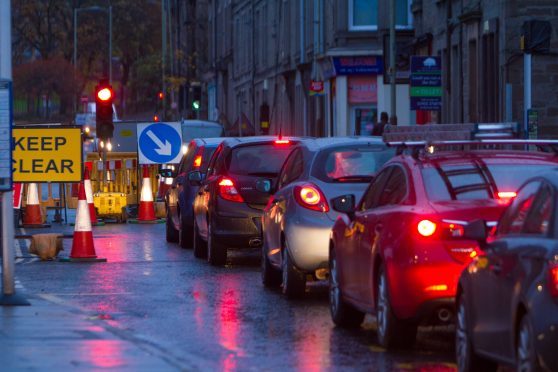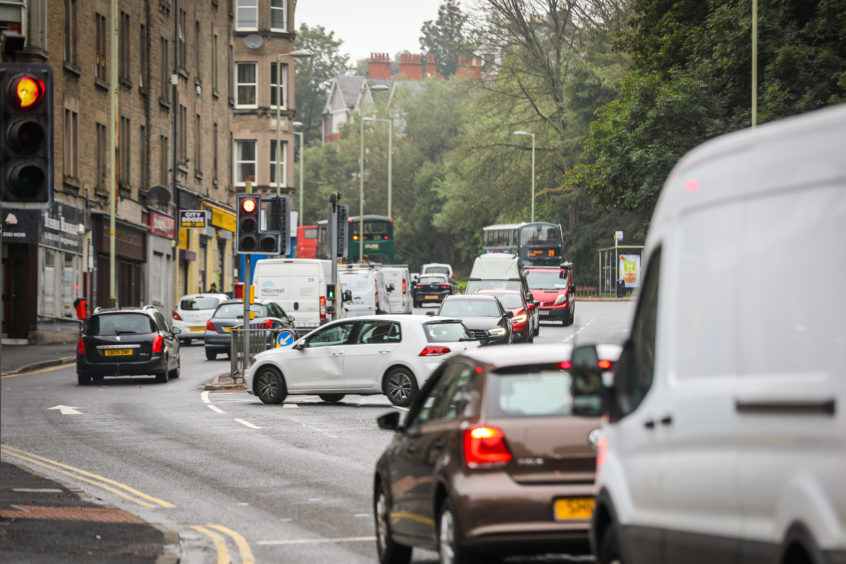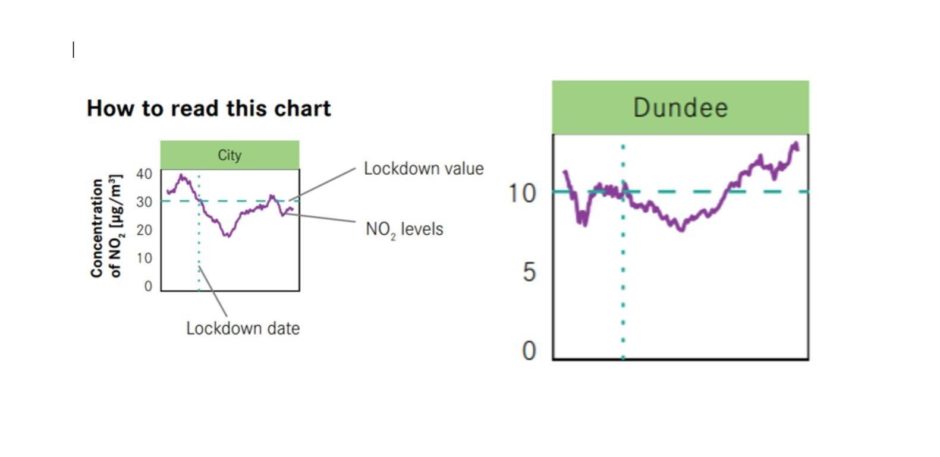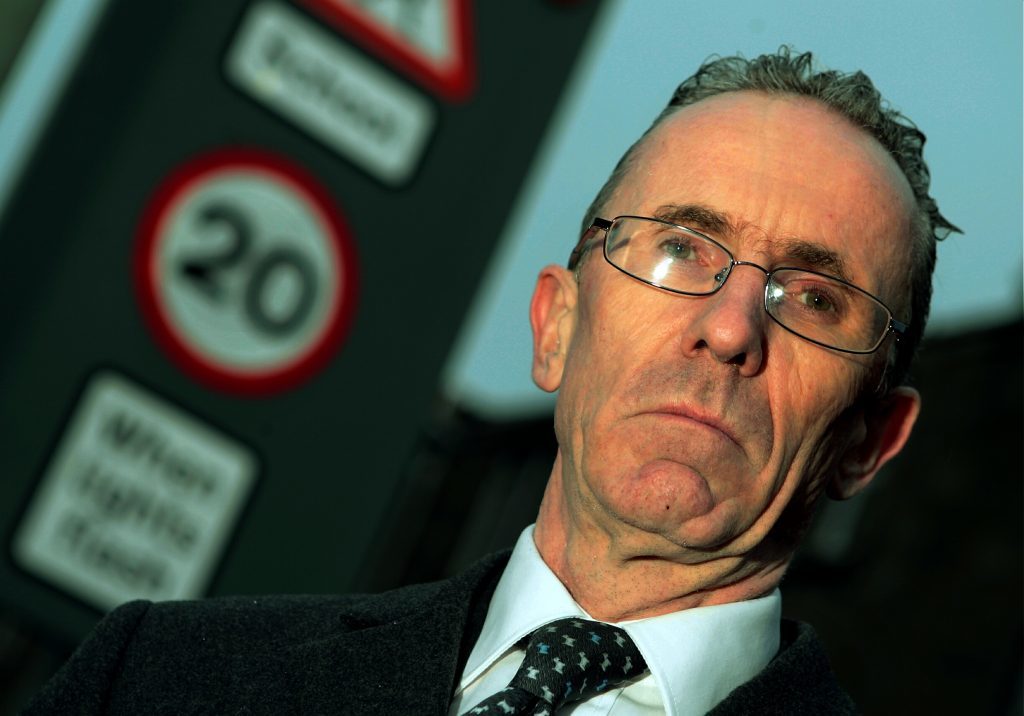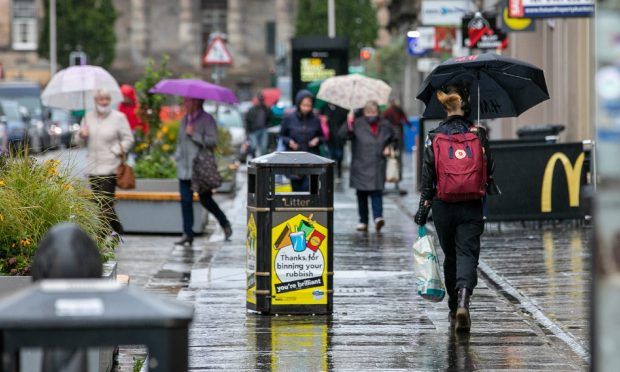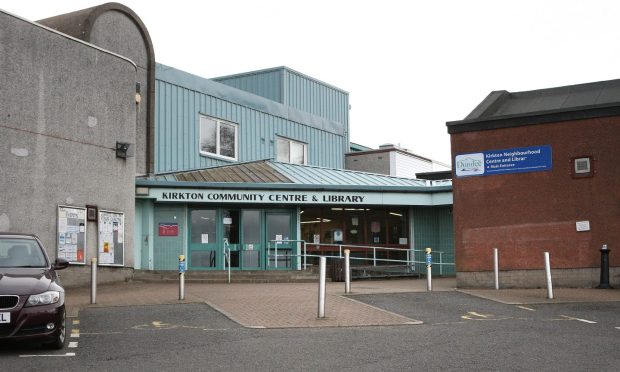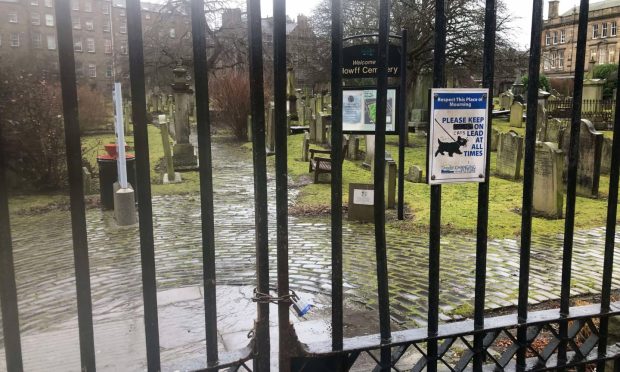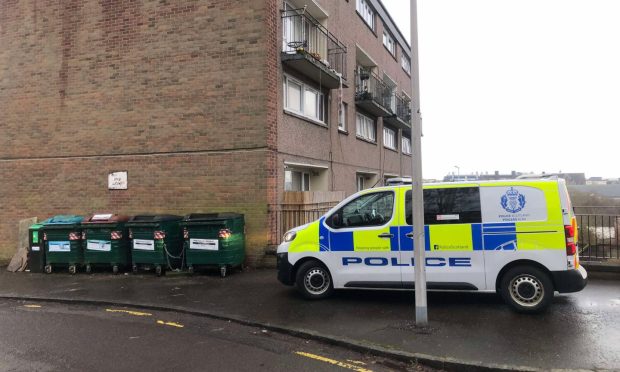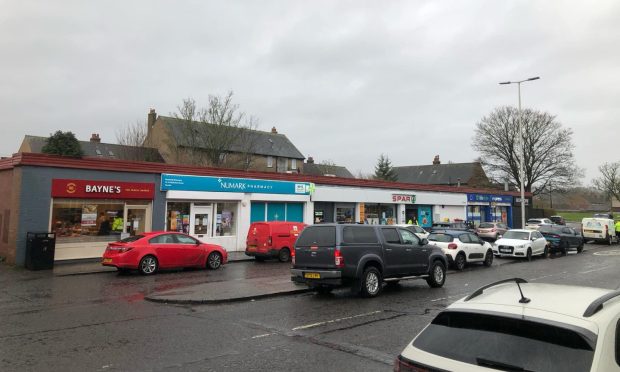Air pollution in Dundee has returned to its pre-pandemic levels.
Dundee residents are again living with dirtier air after increasing commuter traffic reversed the improvements seen during lockdown.
The regional picture – including Angus, Aberdeenshire and the rest of the north east – is more positive.
Air quality in the north east of Scotland has seen the biggest improvement of all UK regions – improving more than 18% on 2019, according to a new analysis.
Still work to do
Michael Lewis, chief executive of E.ON UK, said: “It is encouraging to see year-on-year improvements in average air quality levels, but research now shows air pollution levels are returning to their pre-lockdown peaks.
“No level of air pollution should ever be deemed safe and there is still work to do,” he added.
The figures are contained in two complementary new analyses on how lockdown affected air quality across the UK.
UK think tank Centre for Cities looked at air quality in 49 UK cities during lockdown and in September this year.
Its researchers concluded Dundee was among the 39 towns and cities where levels of harmful Nitrogen Dioxide levels had either recovered or broken through their pre-pandemic levels.
Power company E.ON – as part of the firm’s Change the Weather campaign – analysed regional data, showing the parts of Britain to show the biggest year-on-year improvement in air quality.
Concerning
Dundee west end councillor Fraser Macpherson said he was “disappointed” city residents were no longer benefitting from the cleaner air they enjoyed during the earlier lockdown period.
“It’s concerning to see the areas of the city that had been clearly evidencing cleaner air during lockdown no longer have that.”
He said Lochee Road, Seagate and Meadowside in Dundee had experienced long-standing problems with polluted air.
“Shortly, I will have been a councillor for twenty years and I have been highlighting the issues on Lochee Road for all of this time.
“At the end of the day, constituents have the right to breathe clean air,” he added.
He suggested a number of measures to drive further improvements.
These include the forthcoming introduction of a low emission zone in the city, more active travel and public transport, and measures to improve traffic flow at city congestion hotspots.
He said Dundee City Council officials were already working on the latter.
Toxic air
Power company E.ON launched a ‘Change the Weather’ service in early November to include air quality information in daily weather forecasts.
But air pollution campaigner Gavin Thomson, Friends of the Earth Scotland, said people should not rely on high winds and rain to “to bail us out of our air pollution problems.”
He said: “A small, temporary improvement in air quality across the whole north east is a distraction from what we know already. Air pollution is worst where most people live, work and spend time – in city centres and near main roads.
“This is where we most urgently need solutions, like traffic reduction measures and changes to how we run public transport. If not, we can expect the same toxic air in Dundee that people have been suffering for years.”
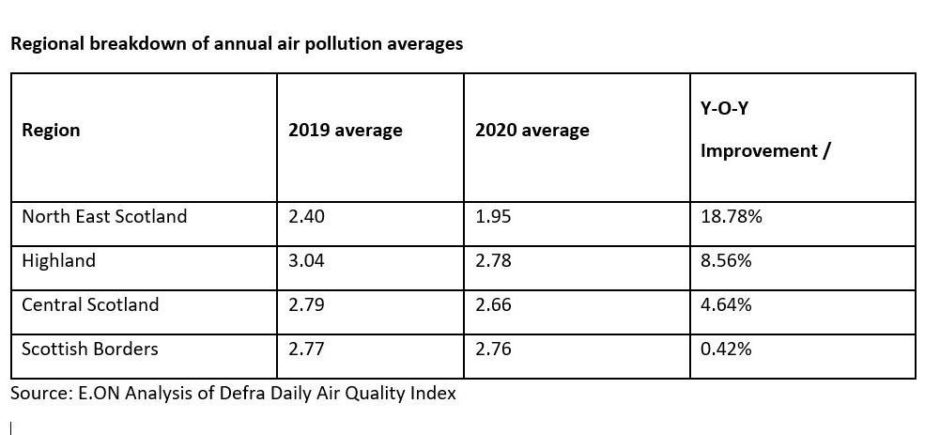
LEZ zone in Dundee by 2022
The Scottish Government, working with local groups, will introduce low emission zones (LEZs) to Dundee, Aberdeen, Edinburgh and Glasgow between February 2022 and May 2022.
Glasgow already has a zone that currently applies to busses
The LEZ teams initially hoped to have the scheme running by the end of this year. But ministers pushed back the deadline due to the pandemic.
A spokesman for Dundee City Council said measures to improve Dundee’s air quality were achieving positive results.
